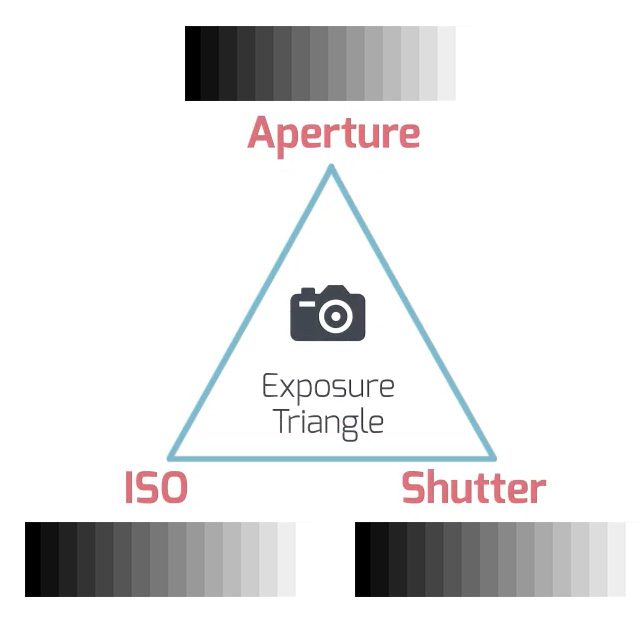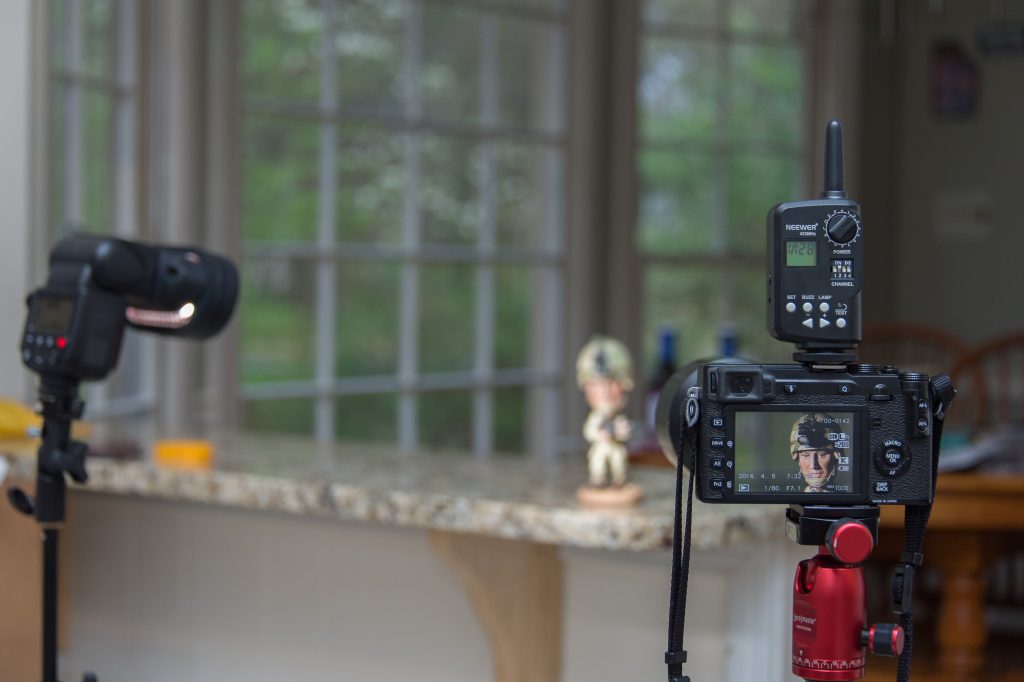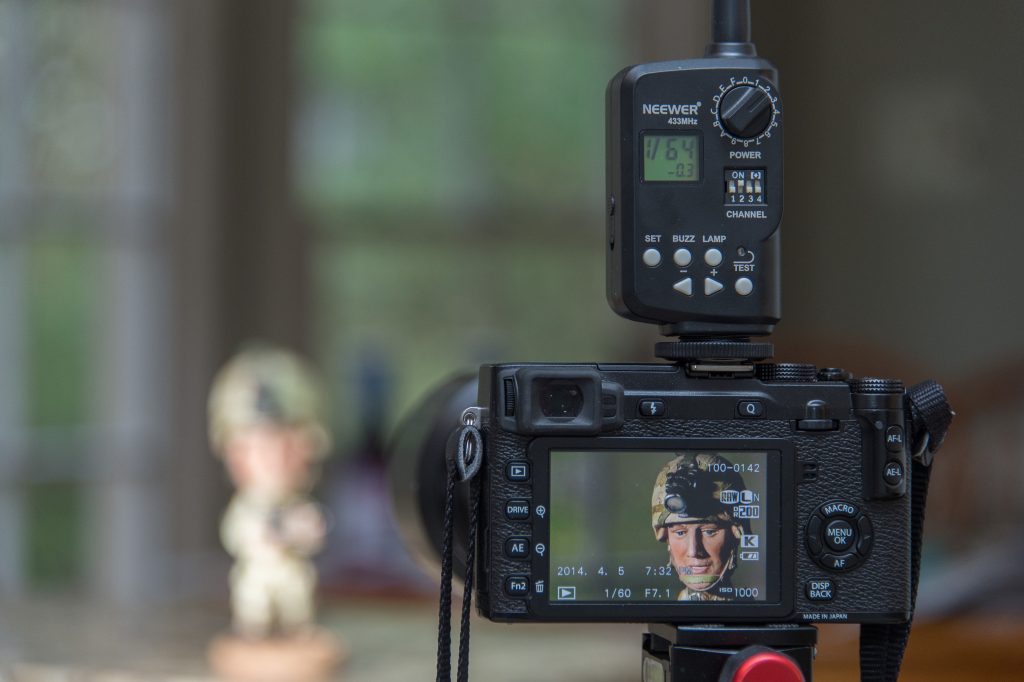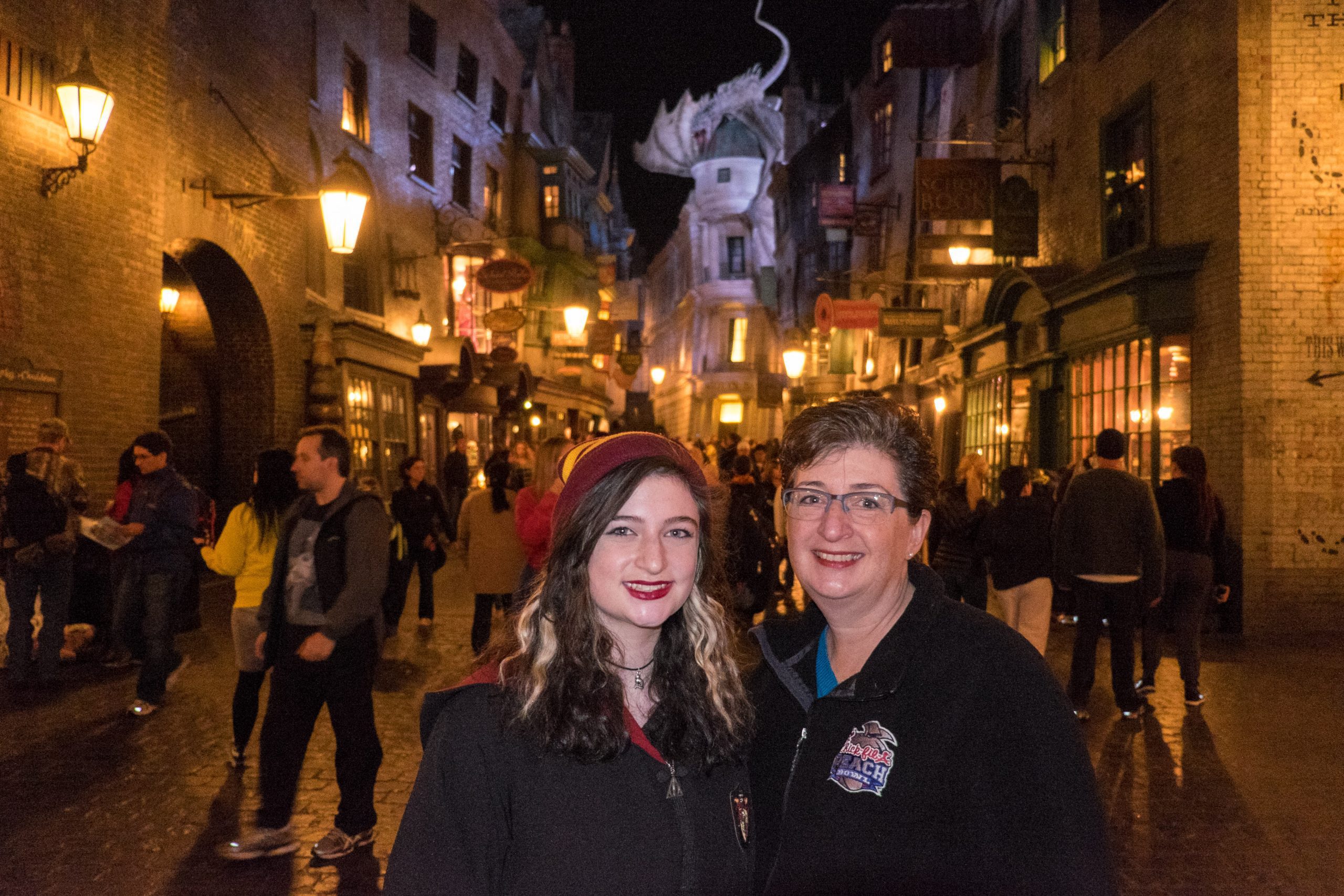Flash can be a valuable tool for illuminating a scene or subject in low light conditions or adding fill light to a photograph in harsh lighting conditions. However, when using flash, it’s essential to consider how the flash will fit into the overall exposure of the picture.

Flash is typically treated as a separate light source when considering the exposure triangle. This means that you will need to adjust the aperture, shutter speed, and ISO to expose the photograph based on the available light properly and then use the flash to add additional light as needed.

One way to think about this is to use the available light to expose the background and then use the flash to light the subject. In this case, you would set the aperture, shutter speed, and ISO to expose the background properly and then use the flash to add light to the subject. The flash can be adjusted in terms of power and placement to achieve the desired lighting effect.

It’s important to note that flash can be a very powerful light source, and it can be easy to overexpose the photograph if you are not careful. It can be helpful to use the camera’s histogram or a handheld light meter to get an idea of the overall exposure of the photograph and make any necessary adjustments.


